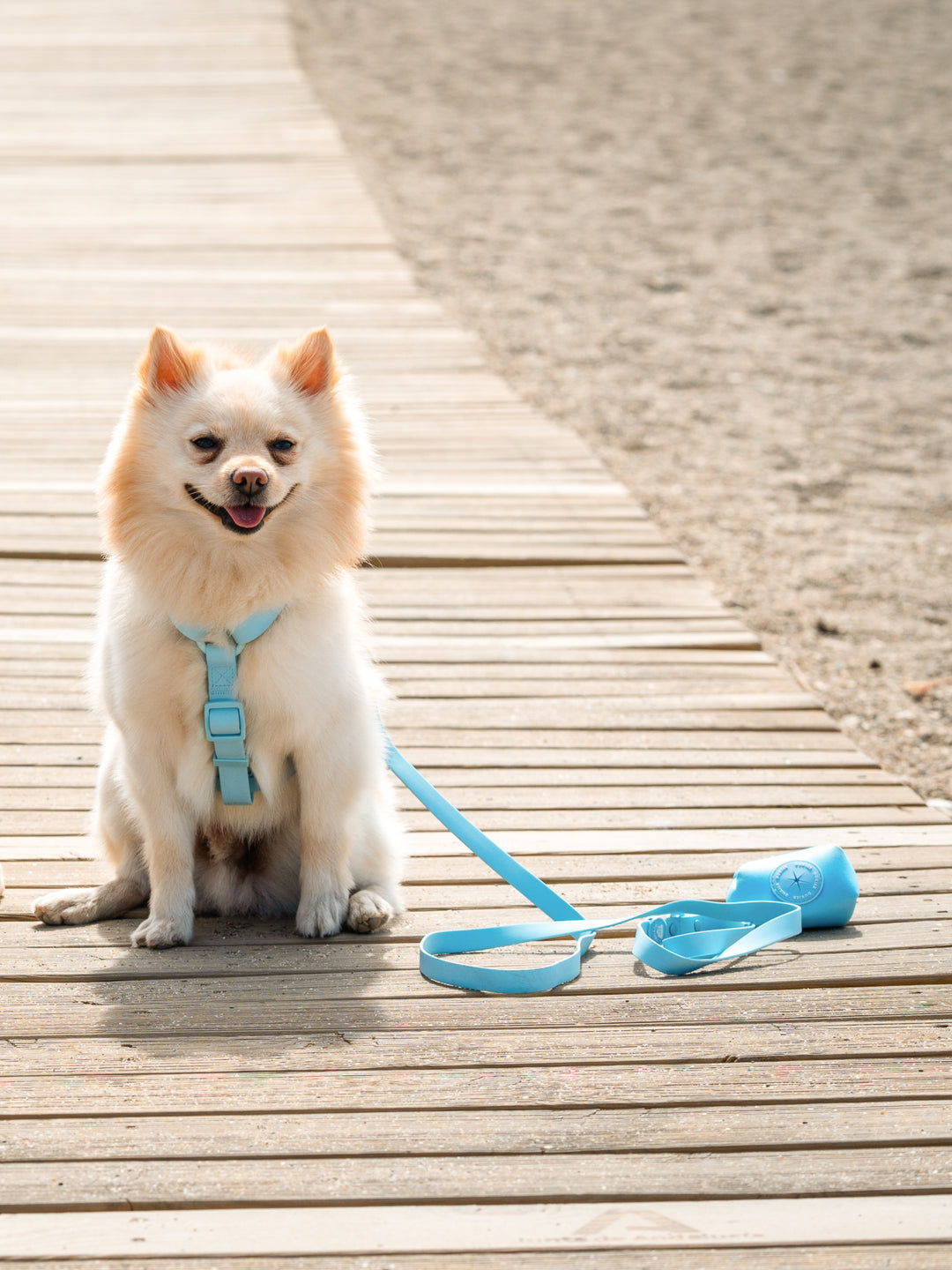Tips to Protect Your Furry Friend from the Cold
Winter can be a challenging season for dogs, especially for small breeds or those with short hair. With low temperatures, it's essential to pay attention to their well-being and adapt certain habits to keep them comfortable and healthy. Here, we share everything you need to know to protect them from the symptoms of the cold, its consequences, and tips to care for them during this season.

Symptoms of Cold in Dogs
Cold can have severe consequences for your furry friend, so it's very important to stay alert to these symptoms:
- Shivering: A clear sign that your dog is feeling cold.
- Lethargy: Lower energy and a preference to stay still.
- Cold or lifted paws: An indication of discomfort in their pads due to cold or snow.
- Shallow breathing: Especially common in small breeds or older dogs.
- Dry or irritated skin: This can be caused by cold and dry air.
- Hunching or seeking shelter: Your dog may curl up to try to stay warm.
Consequences of Prolonged Cold
Prolonged exposure to cold can have serious consequences. Here are some of them:
- Hypothermia: Occurs when your dog’s body temperature drops too low. It can cause confusion, weakness, and, in extreme cases, can be fatal.
- Frostbite: Affects extremities like ears, paws, or tails. It can be hard to notice at first, but affected tissue may change color and become stiff.
- Respiratory problems: Cold air can particularly affect brachycephalic breeds like bulldogs and pugs.
How to Protect Your Dog from the Cold: Basic Care
1. The Importance of a Good Coat
Although dogs are naturally protected against the cold, they sometimes need extra help. This is especially true for small breeds, short-haired dogs, or those with little body fat. A good coat is crucial. Dukier coats are waterproof, lined with soft fur, and provide chest protection. Plus, they’re available in all sizes.
2. Comfortable Winter Harnesses and Accessories
During winter, walks may be less frequent but remain equally important. A well-fitted harness is key to keeping your dog safe, especially on slippery surfaces. Dukier harnesses combine comfort and design to withstand any weather. Additionally, their reflective bands are perfect for nighttime walks when it gets dark earlier.
3. Take Care of Their Paws
Cold and snow can damage your dog’s paw pads. To protect them, clean their paws after walks with a damp cloth and apply a paw balm to prevent cracks.
4. Nutrition and Hydration in Winter
Cold weather can increase your dog’s energy expenditure, especially if they spend time outdoors. Adjust their diet according to their activity level and consult your vet if increasing their food intake is necessary. Also, ensure they always have fresh water, as cold and dry air can dehydrate them.
5. Indoor Exercise
On very cold days when long walks aren’t possible, engage in indoor activities to keep your furry friend’s energy up, such as scent games or basic training. With Dukier’s Lick Mat, you can spread their favorite snack or make one of our recipes to keep them entertained and stress-free.

Understanding the symptoms and possible consequences of cold will help you keep your dog healthy and happy in winter. With the right accessories and small adjustments to their routine, you can ensure a warm and safe season for them.











